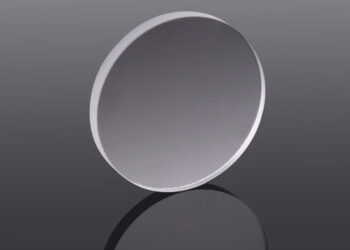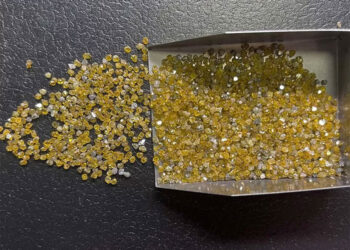Our Services
Contact info
We are always ready to help you. There are many ways to contact us. You may drop us a line, give us a call or send an email, choose what suits you most.
Need help?
15 W 47th St Suite #200 Second Floor, New York, 10036,United States
Tel: +1 917 302 9305
[email protected]
Quantum/Magnetometric
Researchers at Delft University of Technology have demonstrated the ability of lab grown diamonds to transmit quantum information. The diamonds contain NV defects that emit indistinguishable light particles containing quantum information. They were able to entangle these particles over a distance of 1.3 kilometers.
Magnetometric measurements of magnetic fields can be performed by using diamond as a laser medium. Diamonds have nitrogen-vacancy centers, atomic systems that absorb green light and emit red light depending on the strength of an external magnetic field. This allows high local resolution and sensitivity when measuring magnetic fields.
Application
A recent study has shown that synthetic diamonds can be able to store quantum information, comparable to the Magic Russian Diamond. The new diamonds are also mass-produced, giving more academic research groups access to them. In particular, they are capable of measuring the NV defect, which can be a key component of quantum information storage.
-
1
This breakthrough is made possible by diamonds' atomic structure. Diamonds are ideal for quantum photonics and optics. In fact, studies have proven that the spin of the electron in the Hydray center is a useful medium for quantum computing. The most promising solution for quantum information storage is a diamond with a low dislocation level and no impurities. This technology is still in the development stages, so more research is needed to validate its viability.
-
2
In another study, Dr. Mehran Kianinia of the University of Technology Sydney and colleagues observed an environmentally insensitive solid state spin defect in diamond. This defect can be probed using readily-available lasers. The researchers also found that NV centres can be isolated in diamonds.
-
3
This technology also makes it possible to create lab grown diamonds without the need for open pit mining or dredging of sea-beds and rivers. However, producing lab-grown diamonds requires an enormous amount of power. As most producers of lab-grown diamonds are located in regions without hydroelectricity, they are powered by fossil fuels.
-
4
This research also focuses on creating synthetic diamonds that are perfect for quantum communications. They use the same properties of diamonds as natural ones, but are fabricated with a higher precision. Moreover, the researchers can precisely control the chemistry of these diamonds.
Applications
-
1
Diamonds have recently been considered as potential components in quantum information processing systems. The crystalline structure of diamond allows the creation of simple quantum devices that can be probed and tested by novice researchers. These devices can even be built with off-the-shelf components. The next step in the development of such applications is to develop methods to detect and record the quantum states of individual atoms.
-
2
NV diamond technology, which involves the incorporation of nitrogen atoms, is currently being pursued. This technology can control the spin state of the center of the diamond using light or microwave signals. It can also operate at room temperature and is capable of producing high-quality qubits.
-
3
The technology that has been developed to produce these diamonds has enabled a number of amazing applications. Each application exploits a different characteristic of the diamond. For instance, a diamond membrane grown using CVD process can replace the conventional membrane of a loudspeaker. This material's high Young modulus makes it suitable for operation at high acoustic frequencies.
-
4
A method developed by researchers at the University of North Texas has made it possible to grow nanodiamonds with only a few nanometers wide. This is crucial for applications such as quantum computer processors and sensors. It is difficult to make diamonds of such tiny size, so it is vital that these diamonds are produced in a consistent, reliable manner.
-
5
One of the many exciting applications of lab grown diamonds is in the field of quantum communication. Diamonds are ideal for this purpose, as they are one of the few materials that can function in a room-temperature environment.
Related Projects

lab grown diamonds
Nanometer Modified Diamond Powder

lab grown diamonds
CVD SC Diamond Optical Window

lab grown diamonds
HPHT Monocrystalline Diamonds




